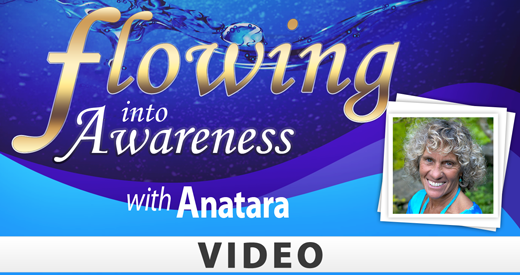| YogaHub |  |
Grief, Yoga and one of the Dark Sides of Pain
Students in my therapeutic yoga classes often ‘disappear’ from the class for a while. Some move on to other classes, and some come back when they are ready. I don’t worry when a student hasn’t been to class, but rather hope that they have found a path and a consistent practice that are serving them well. Yet sometimes people are coming to me with significant physical and mental health issues. Occasionally, I find myself hoping ‘not for the worst’ when they do not attend.
Earlier last week, I heard that one of the students had been unable to attend the class because her cancer had returned/spread. In hopes of raising her spirit, we hand-delivered a card and bright flowers this weekend. Of course, it does not feel as if it was enough – for our suffering friend, or for any of the students. It helps us though.
In my physical therapy (PT) training, there was a small amount of instruction related to grieving, dying and death. A very small amount. In my yoga therapist training, there was none. Here I am now, in a situation in which I need strategies to relate to this student, to talk to the other students, and to take care of my own emotions. I have no delusions that it is my job to fix any of these things. Thankfully, during my first few years as a physical therapist, I witnessed the amazing work of pastoral care workers in hospitals.
In my second, third and fourth years as a physical therapist, I worked in an ICU – for people being cared for after major accidents and neurosurgery. Unlike most of my PT friends, I loved this job. There was a strong sense of team and cooperation between the health professionals. And we were working to keep people alive. I had never felt that sense of worth in a job before, and I had never been faced with death or dying before. Over those years, I was continually surprised to witness how one individual could provide such compassion to another. There weren’t any fancy techniques being used; instead, two activities were applied that are available to us all: being there (present and quiet and caring), and listening.
Back to the present now. Everyone working with people in pain would benefit from understanding how horrible pain can be. We can lose so much when pain persists. Yet grieving is not considered by most as an integral part of pain management. (Did you know that more people commit suicide from chronic pain than from depression?) Learning how to be present with people in pain, and with people with cancer, and learning how to support someone who is grieving don’t show up in the training of most yoga therapists. These things seem relegated to specialised training programs in the yoga therapy world, much like they are in the western health care world. As the yoga therapy educational standards continue to develop, we will need to bring in at least the basics of understanding pain and of understanding grieving. Hopefully, this will improve the way we help those who come to therapeutic yoga, and it will decrease the fear so many of us have when facing these difficult emotions.
[tags] pain, yoga therapy, educational standards, develop, management, compassion, caring [/tags]






